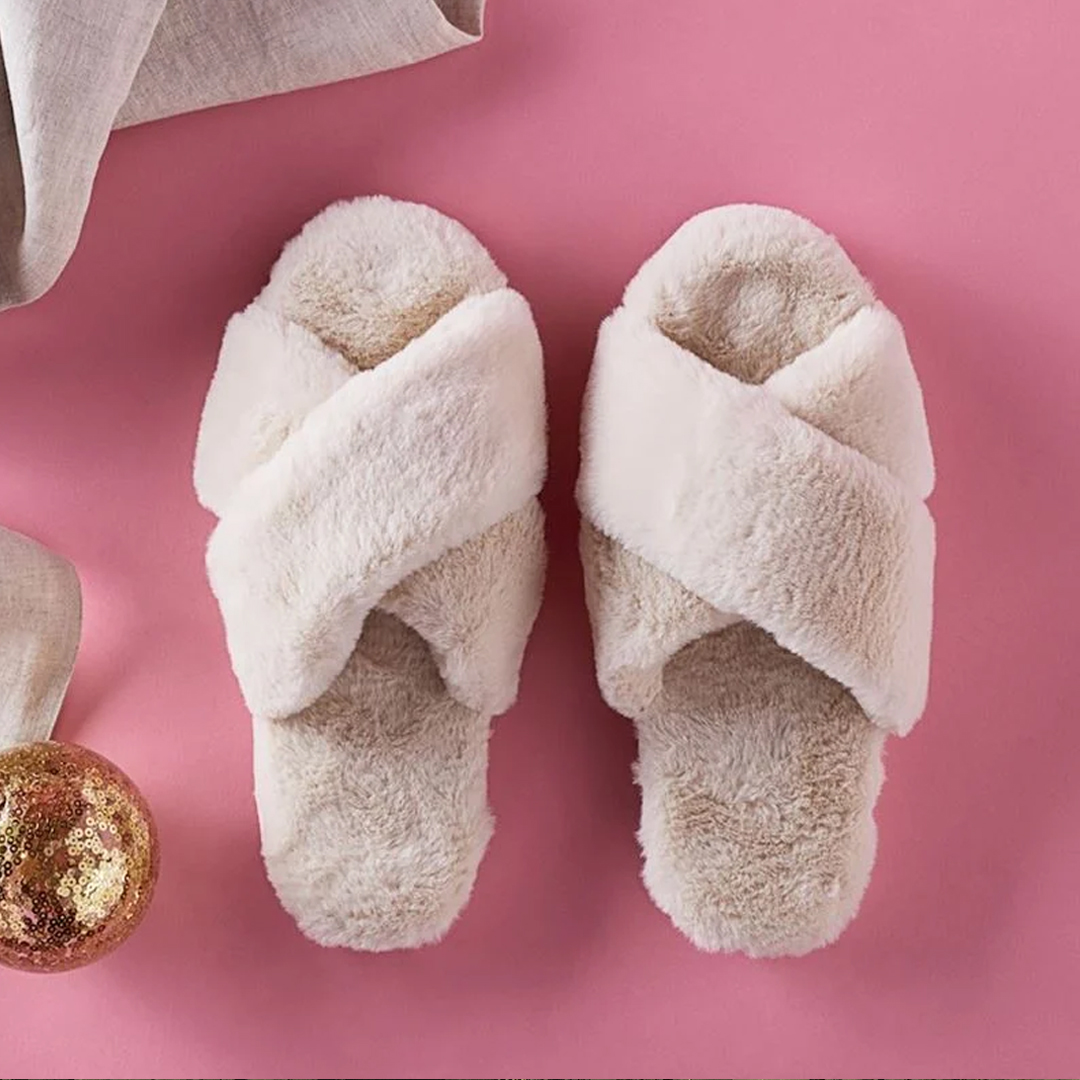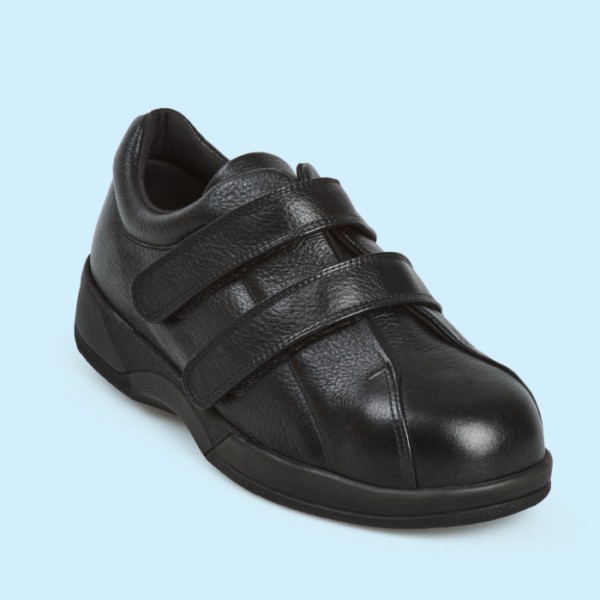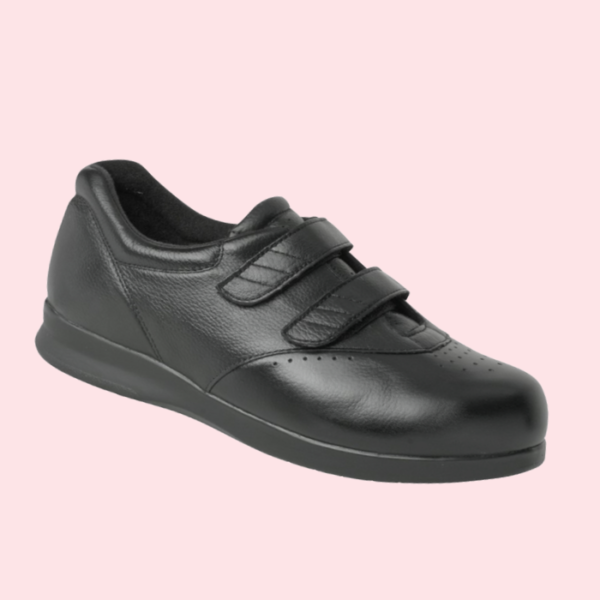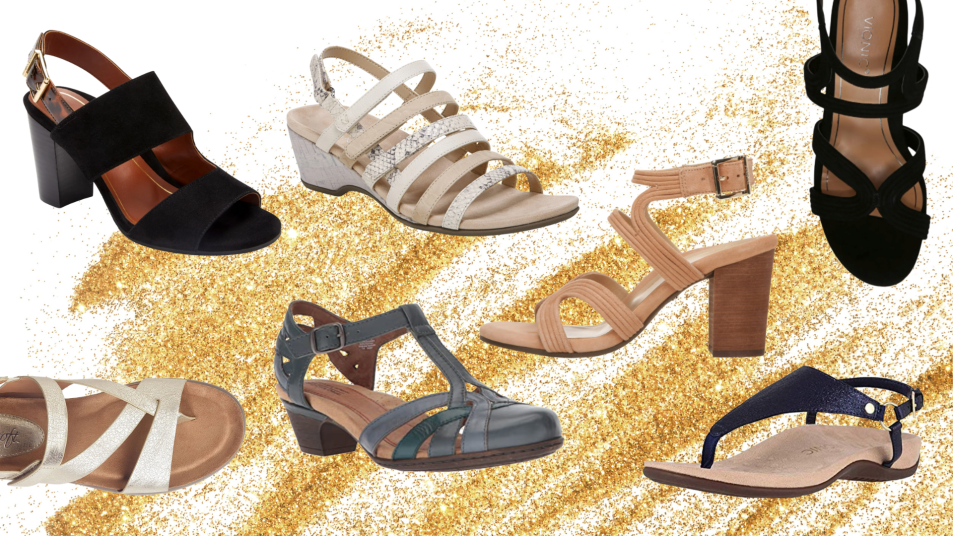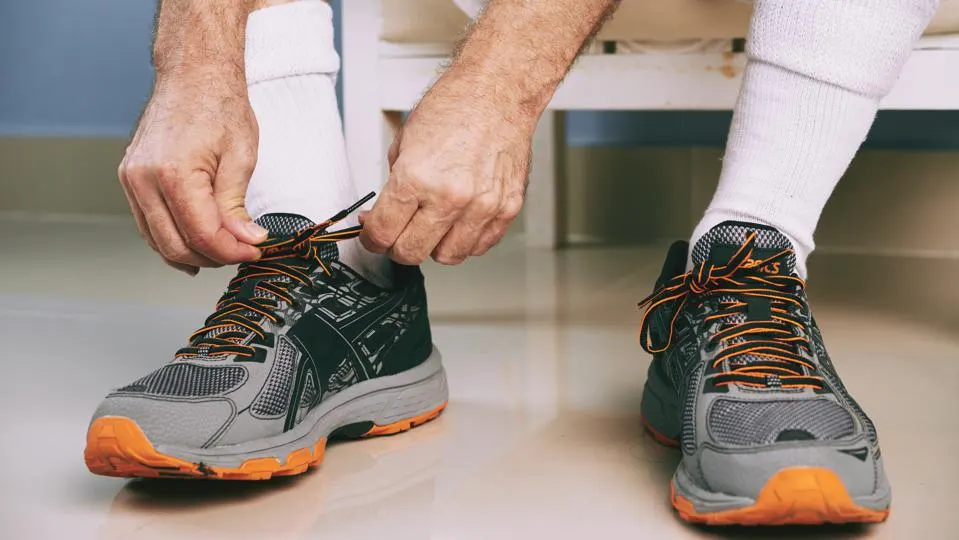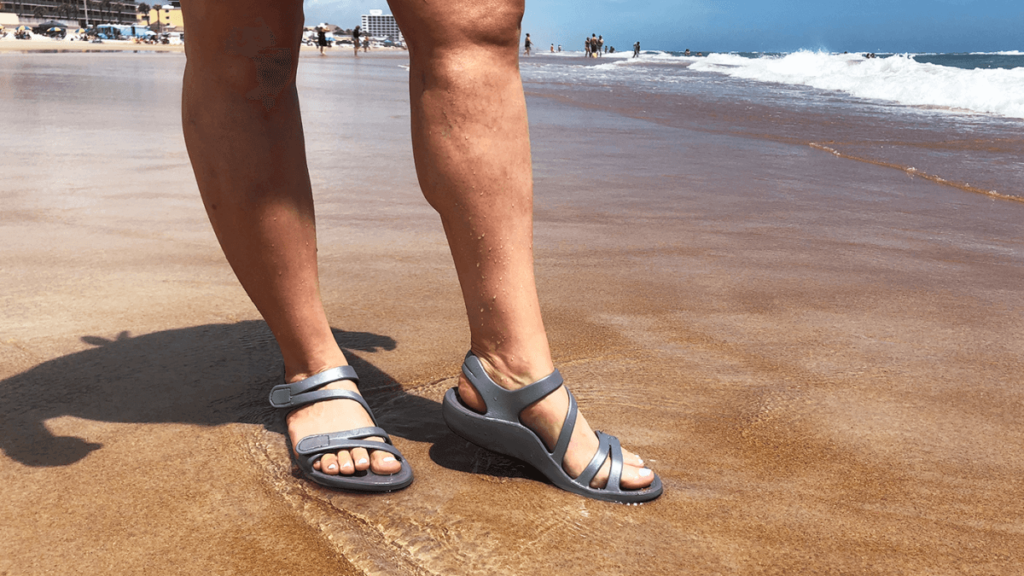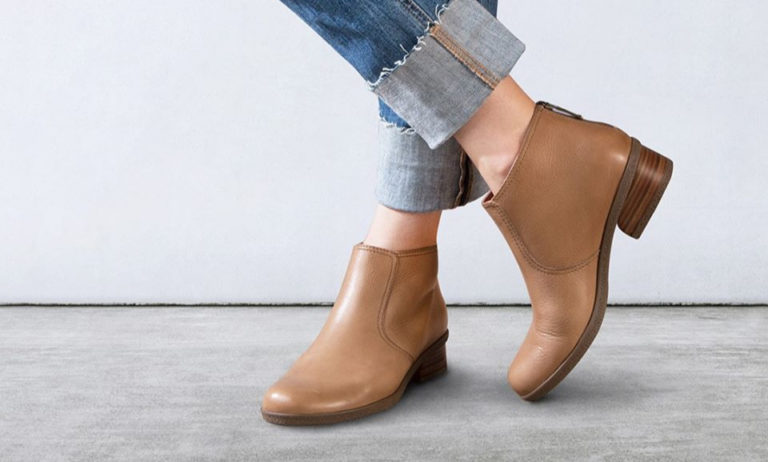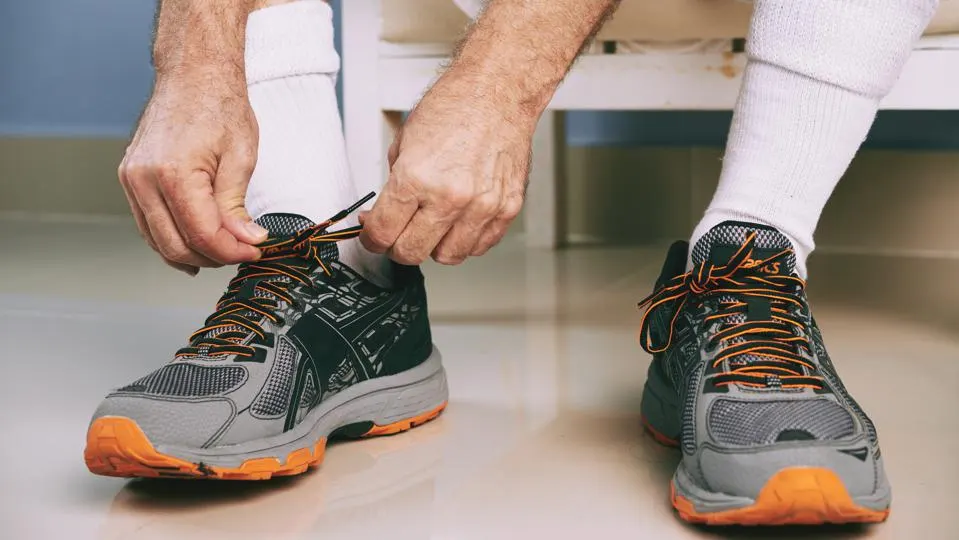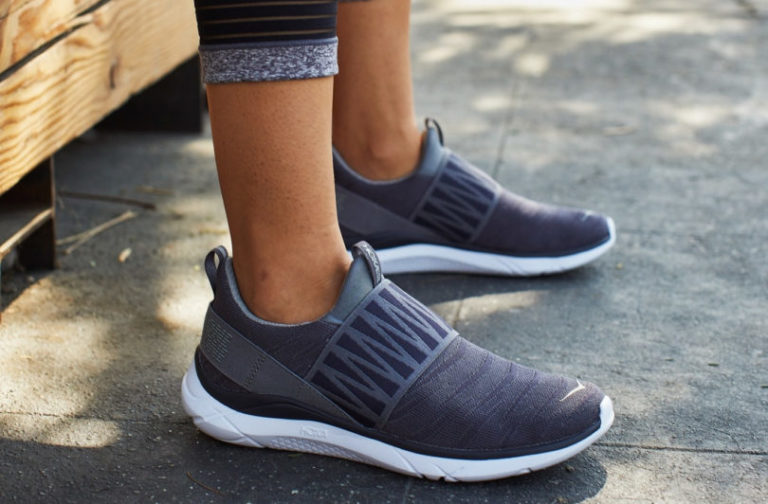For women living with diabetes, proper footwear is essential to maintain foot health and prevent potential complications. Diabetic shoes are specifically designed to provide comfort, support, and protection, addressing the unique needs of women with diabetes. In this comprehensive guide, we will explore diabetic shoes for women, including their benefits, key features to consider, and the importance of choosing the right footwear for optimal foot care.
Comfort and Style: A Guide to Diabetic Shoes for Women
Diabetic Shoes For Women are an important part of any woman’s wardrobe. Not only do they provide essential comfort and support, but they also look stylish and fashionable. This comprehensive guide will provide you with all the information you need to make the best decision when it comes to finding the perfect pair of women diabetic shoes. We’ll discuss the various benefits of ladies diabetic shoes, as well as key features to consider.
Understanding Diabetes and Foot Health
Diabetes is a chronic condition that affects the body’s ability to produce or use insulin effectively. As a result, it can lead to a wide range of complications, including problems with the feet. High blood sugar levels can damage nerves and blood vessels, reducing sensitivity and circulation in the feet and increasing the risk of injury, infection, and amputation.
That’s why proper foot care is essential for women with diabetes. It starts with wearing appropriate footwear that provides comfort, support, and protection. Diabetic shoes are designed with these needs in mind, featuring special features that help reduce the risk of foot complications and ensure the feet stay healthy.
In the next section, we’ll take a closer look at the benefits of diabetic boots for women and what features to look for when choosing the right pair.
Benefits of Diabetic Shoes for Women
As a woman with diabetes, choosing the right shoes is important to protect your feet from potential complications and discomfort. Here are some of the benefits of diabetic shoes:
- Enhanced comfort: Diabetic shoes are designed to provide superior comfort, which can help to alleviate foot pain, swelling, and other discomforts. They are made with soft, breathable materials that reduce pressure and friction on your feet.
- Reduced risk of foot ulcers: Women with diabetes are at a higher risk of developing foot ulcers, which can lead to serious infections and even amputations. Diabetic shoes feature special protective features, like seamless linings and padded soles, which can prevent the formation of ulcers.
- Improved circulation: Good circulation is crucial for maintaining healthy feet. Diabetic shoes can help to improve circulation by providing extra cushioning and support, which can help to stimulate blood flow.
- Customizable fit: Every woman’s feet are different, and diabetic shoes can be customized to fit your individual needs. They are available in a range of sizes and widths, and many styles come with adjustable straps or laces for a snug fit.
- Stylish options: Gone are the days when diabetic shoes were only available in dull, unattractive styles. Today, you can find a range of stylish options that look great while providing all of the benefits of diabetic shoes.
Overall, diabetic shoes are an important investment for women with diabetes. They offer a range of benefits that can help to prevent foot problems and promote overall foot health.
Key Features to Consider When Choosing Diabetic Shoes
When it comes to diabetic shoes for women, there are several key features that should be taken into consideration to ensure proper foot health and comfort. Here are some important factors to consider when selecting the right pair of diabetic shoes:
- Support and Stability: Diabetic shoes should offer ample support and stability to the feet and ankles to prevent any undue strain or injuries. Look for shoes that have a firm and non-slip sole with good arch support.
- Roomy Toe Box: A spacious and comfortable toe box is essential to prevent rubbing or irritation on the toes. Make sure that there is enough room in the toe area of the shoes to allow the toes to move and wiggle freely.
- Breathability: Good air circulation is crucial for healthy feet, especially for those with diabetes. Choose shoes that are made of breathable materials such as leather or mesh to prevent sweat buildup and promote foot hygiene.
- Cushioning: Diabetic shoes should provide sufficient cushioning to protect the feet from shocks and impacts. Look for shoes that have soft and supportive insoles to reduce pressure and enhance comfort.
- Adjustability: Diabetic shoes should be easy to adjust and fit snugly to the feet. Look for shoes that have adjustable straps or laces to ensure a customized and secure fit.
By considering these key features when choosing diabetic shoes for women, you can find a pair that is both comfortable and functional, providing the support and protection needed for healthy feet.
Tips for Properly Fitting and Maintaining Diabetic Shoes
After choosing the right pair of diabetic shoes, it is crucial to ensure they are properly fitted and maintained for maximum benefits. Here are some tips to follow:
- Get measured professionally: Visit a certified pedorthist to have your feet measured and evaluated to determine the right size and type of diabetic shoes to fit your unique foot needs.
- Check the fit: Ensure your shoes fit comfortably and snugly, without any pressure points or areas of friction. Diabetic shoes should also have a roomy toe box to prevent irritation and allow for proper circulation.
- Break them in gradually: Wear your new diabetic shoes for short periods each day and gradually increase the wear time to allow your feet to adjust.
- Avoid going barefoot: Always wear your diabetic shoes, even indoors, to reduce the risk of injury or foot damage.
- Keep them clean and dry: Diabetic shoes should be cleaned regularly with a damp cloth and mild soap and allowed to air dry completely before wearing them again.
- Replace them as needed: Over time, the supportive features of diabetic shoes may break down, so it is important to replace them as needed to maintain optimal foot health.
By following these tips for fitting and maintaining diabetic shoes, you can ensure maximum comfort and support for your feet, while reducing the risk of complications from diabetes-related foot conditions.
Protective Design of Diabetic Shoes
In addition to comfort and support, diabetic shoes are designed to provide added protection for women with diabetes. Due to the neuropathy and reduced circulation associated with the condition, women with diabetes are at an increased risk for foot injuries and infections. Therefore, it is essential that their footwear provides the necessary safeguards.
One of the primary features of diabetic shoes is the seamless interior. Seams and stitching can cause irritation and lead to the formation of blisters and ulcers. The lack of seams in diabetic shoes reduces the risk of rubbing and irritation, ensuring maximum comfort and protection.
Padded collars and toe boxes are other protective design features found in diabetic shoes. These areas tend to be high-pressure points for the foot, so extra cushioning is needed to reduce friction and protect against injury. Padded collars prevent rubbing around the ankle and help keep the foot securely in the shoe. Toe boxes that are roomy and soft provide adequate protection and prevent pinching and pressure on the toes.
The soles of diabetic shoes are another crucial protective design element. They should be sturdy and shock-absorbing, reducing the risk of injury from falls or impacts. The soles must provide adequate traction, reducing the likelihood of slipping or losing balance. Some diabetic shoes even come with non-slip soles, providing extra grip and stability on wet or slippery surfaces.
Finally, diabetic shoes can feature antimicrobial linings, which inhibit the growth of bacteria and fungi. Since people with diabetes have reduced immunity and blood flow to their feet, the smallest infection can turn into a serious complication. Antimicrobial lining prevents bacterial growth, keeping the feet dry and clean, and reducing the risk of foot infections.
In summary, the protective design of diabetic shoes plays a critical role in the prevention of foot injuries and complications in women with diabetes. The features of seamless interiors, padded collars and toe boxes, shock-absorbing soles, and antimicrobial linings all work together to provide comfort, support, and protection. When selecting diabetic shoes, it’s essential to look for these design elements to ensure maximum safety and functionality.
Ensure the Diabetic Shoes For Women Should Have Extra Depth and Width
When looking for diabetic shoes, it’s important to pay close attention to the fit. Women with diabetes often have issues with swelling and foot pain, making it even more critical to find shoes that fit properly. This is where the importance of extra depth and width in diabetic shoes for women comes in.
Extra depth and width allow your feet to breathe and expand comfortably, reducing the risk of blisters and irritation. A roomy shoe design can also accommodate diabetic inserts and custom orthotics for additional support.
It’s important to note that shoes that are too tight or too narrow can restrict circulation, cause pain, and even lead to ulcers or infections. Therefore, it’s recommended that you choose shoes that allow a half-inch of space between your toes and the end of the shoe.
When trying on diabetic shoes, it’s a good idea to bring your own diabetic socks to ensure an accurate fit. Look for shoes with adjustable features like laces, straps, or buckles, allowing you to customize the fit as needed.
Additionally, consider purchasing diabetic shoes that are made from breathable and moisture-wicking materials, as they can prevent bacterial growth and keep your feet dry.
To summarize, extra depth and width in diabetic shoes for women are critical for proper foot health. Take your time when choosing a pair of diabetic shoes and prioritize comfort and fit above all else. Investing in the right pair of shoes can make all the difference in preventing foot complications down the road.
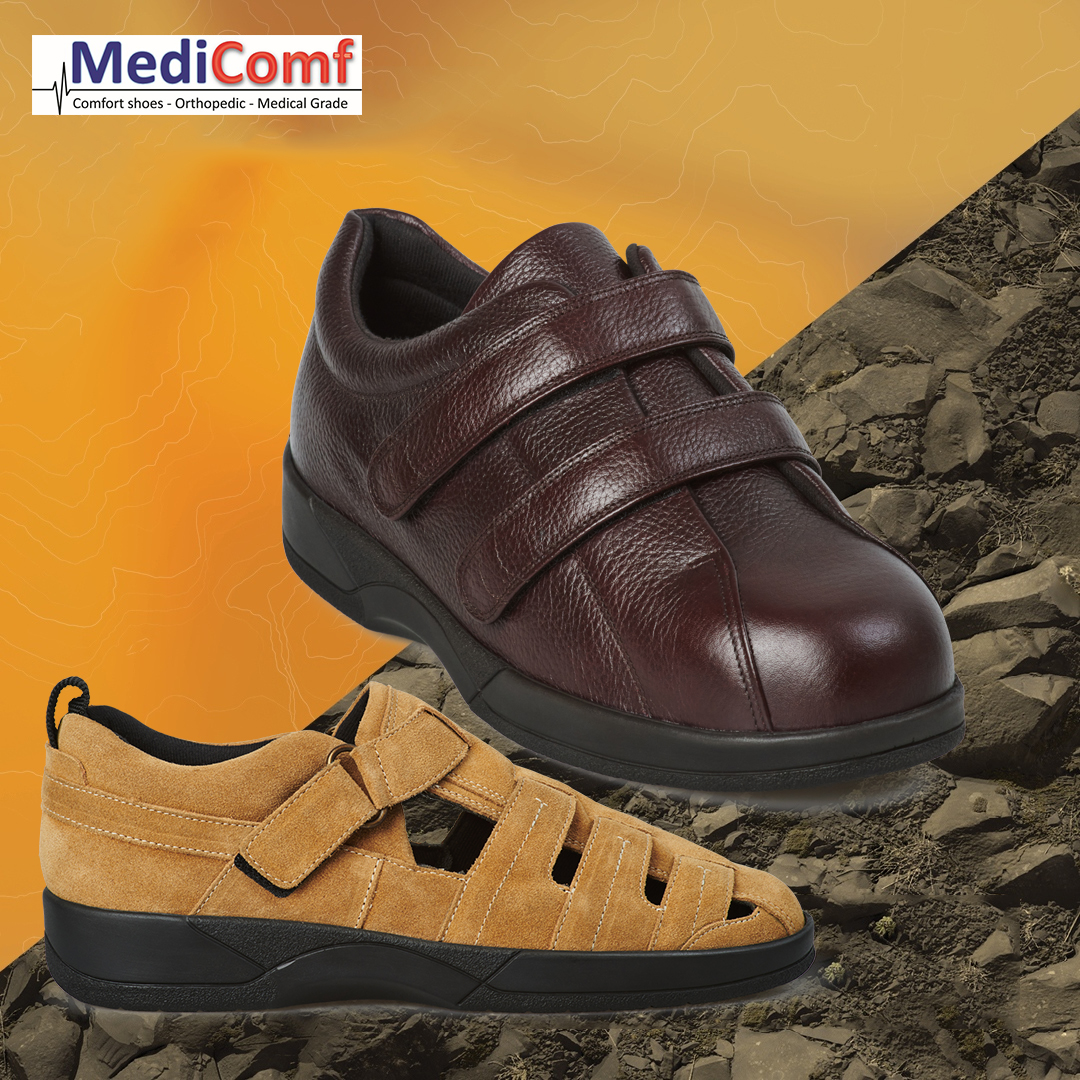
Shoes
